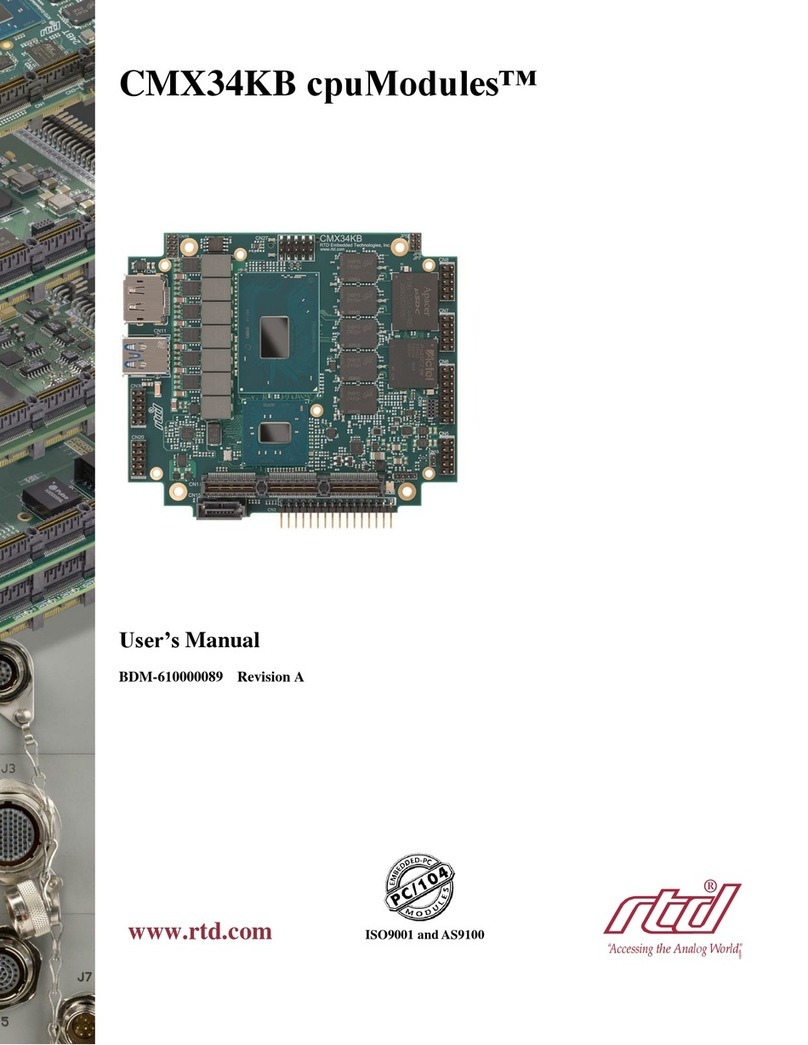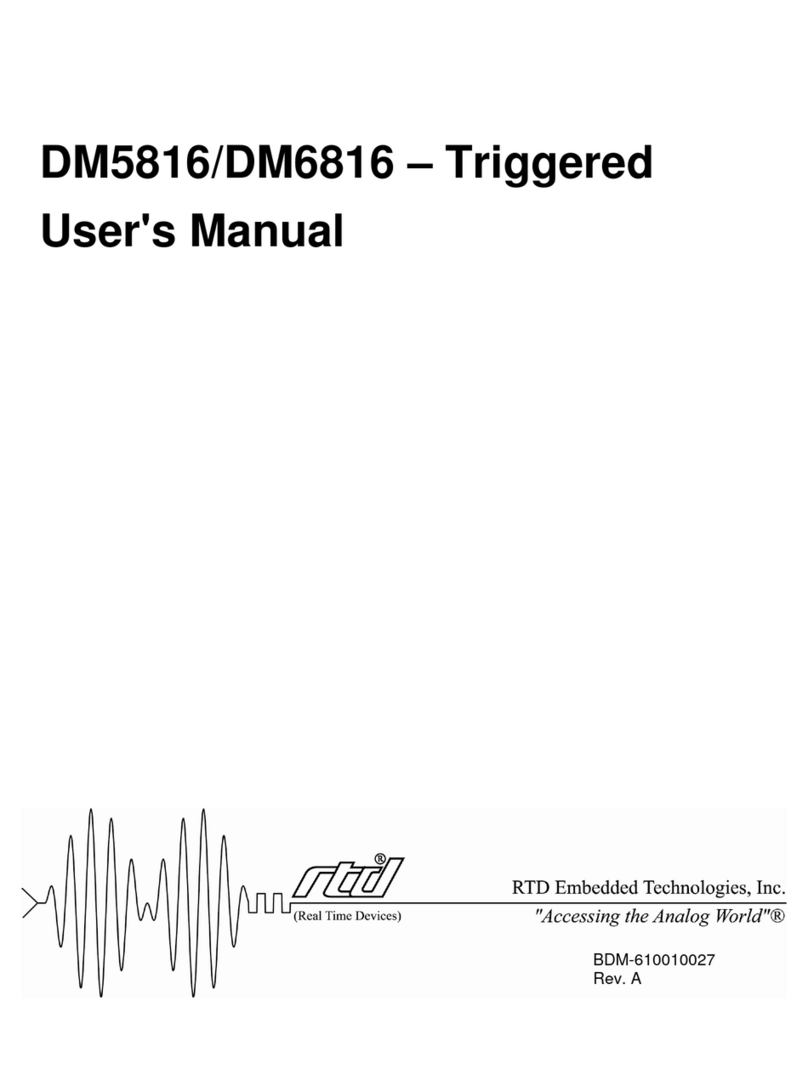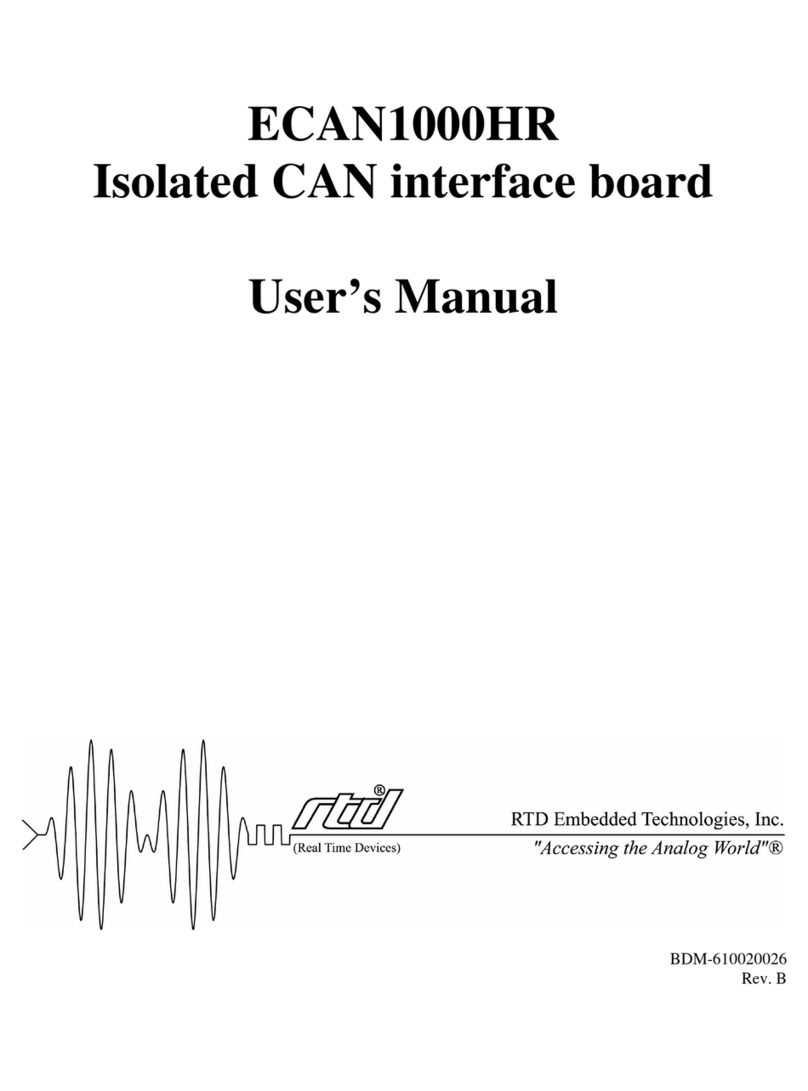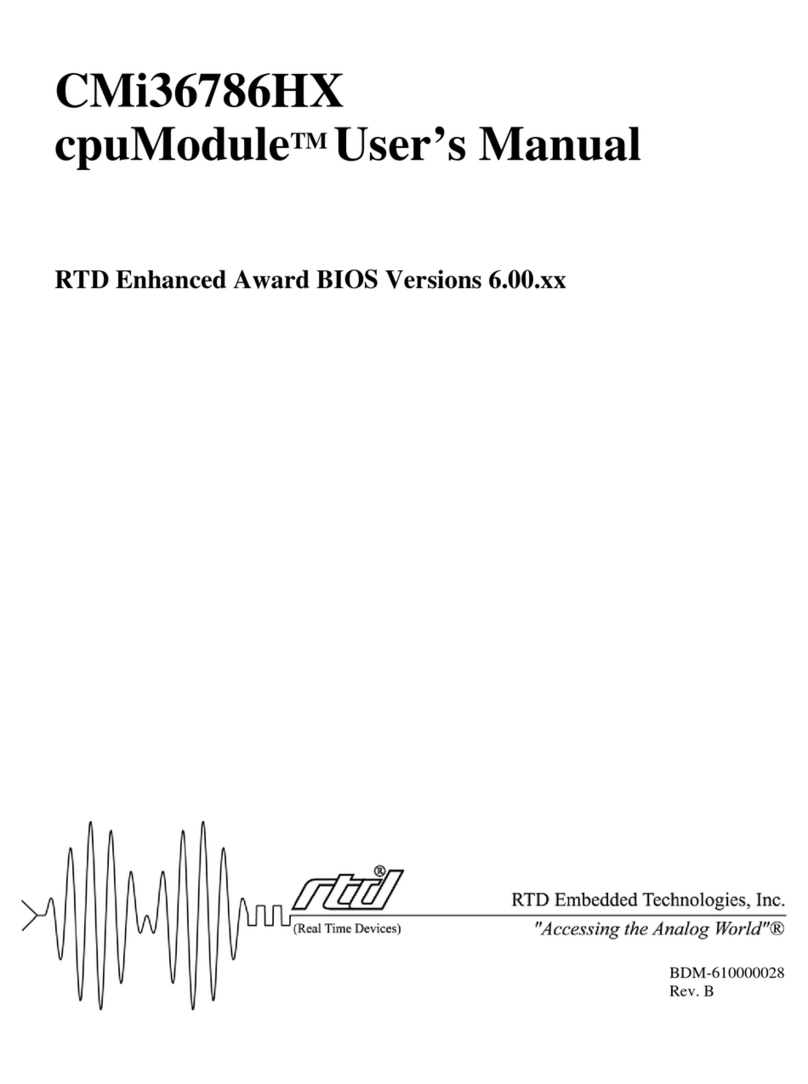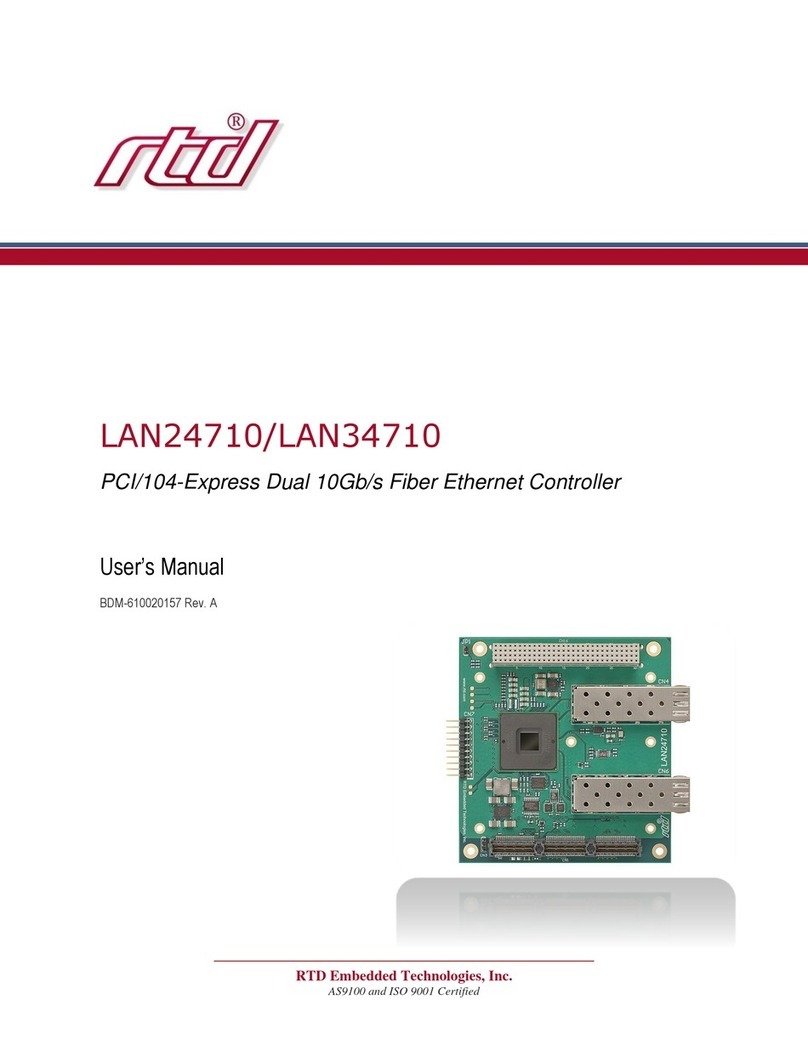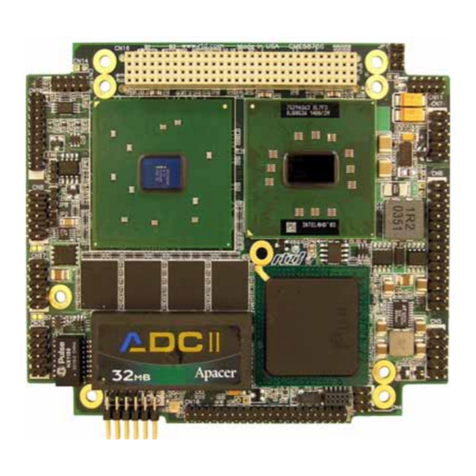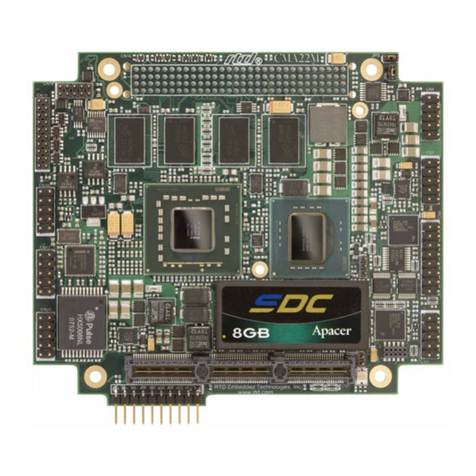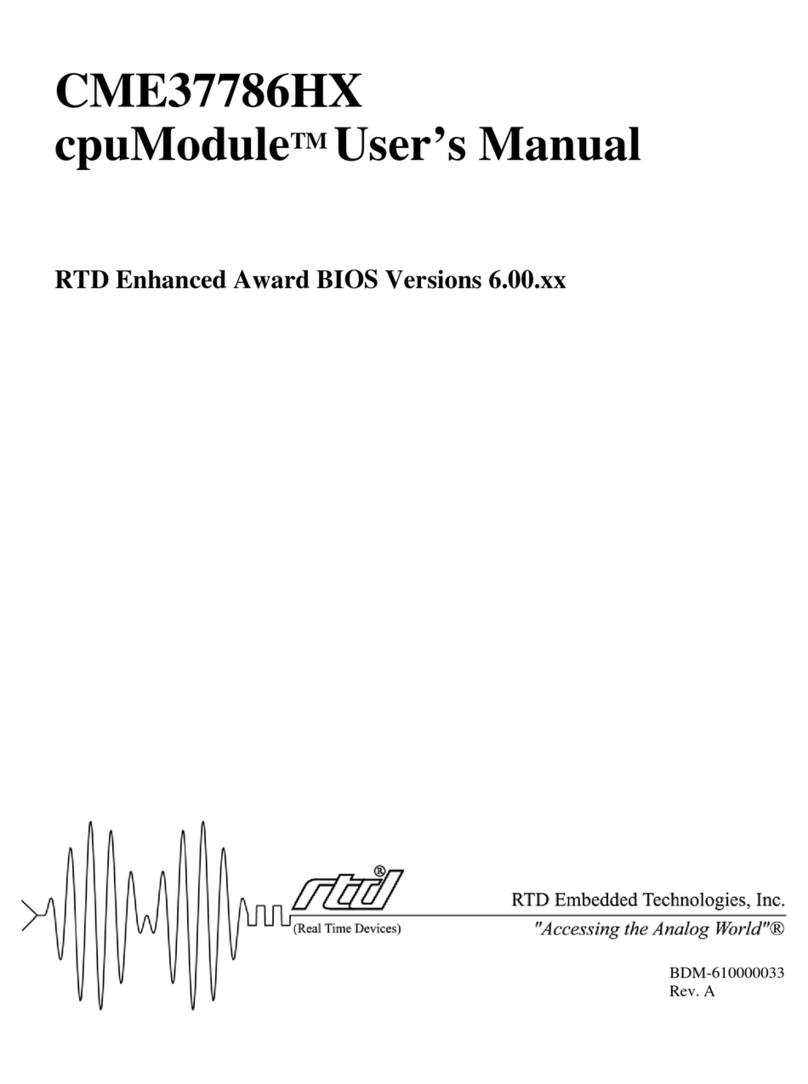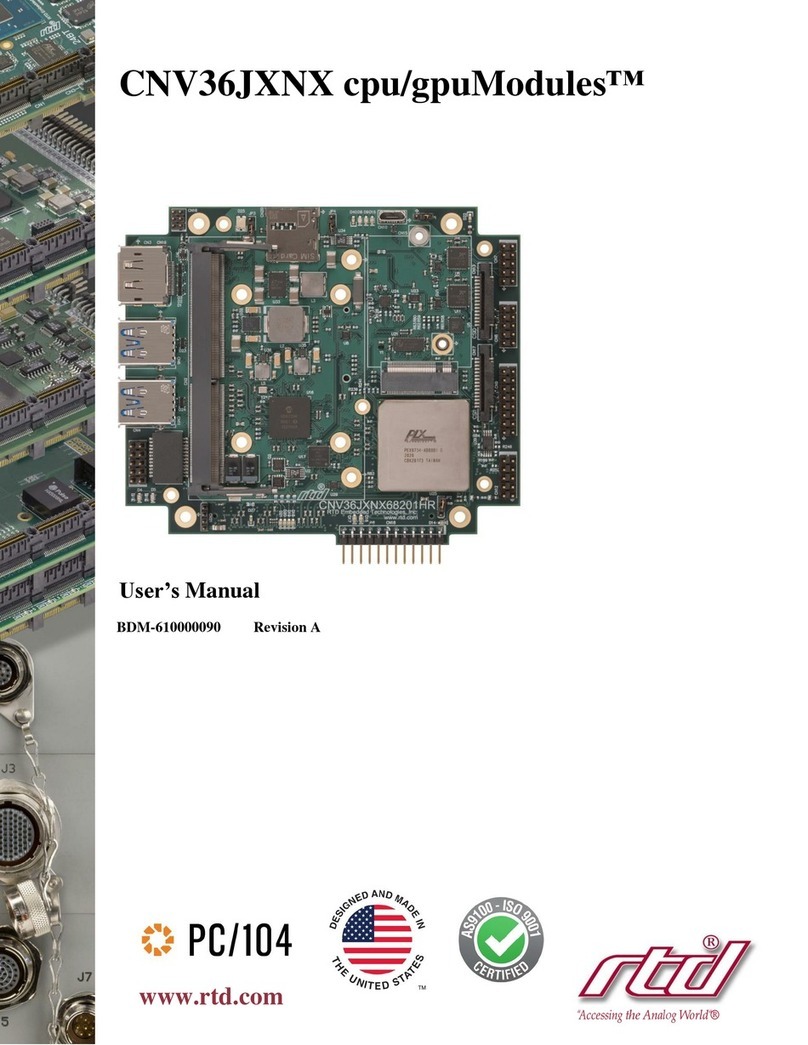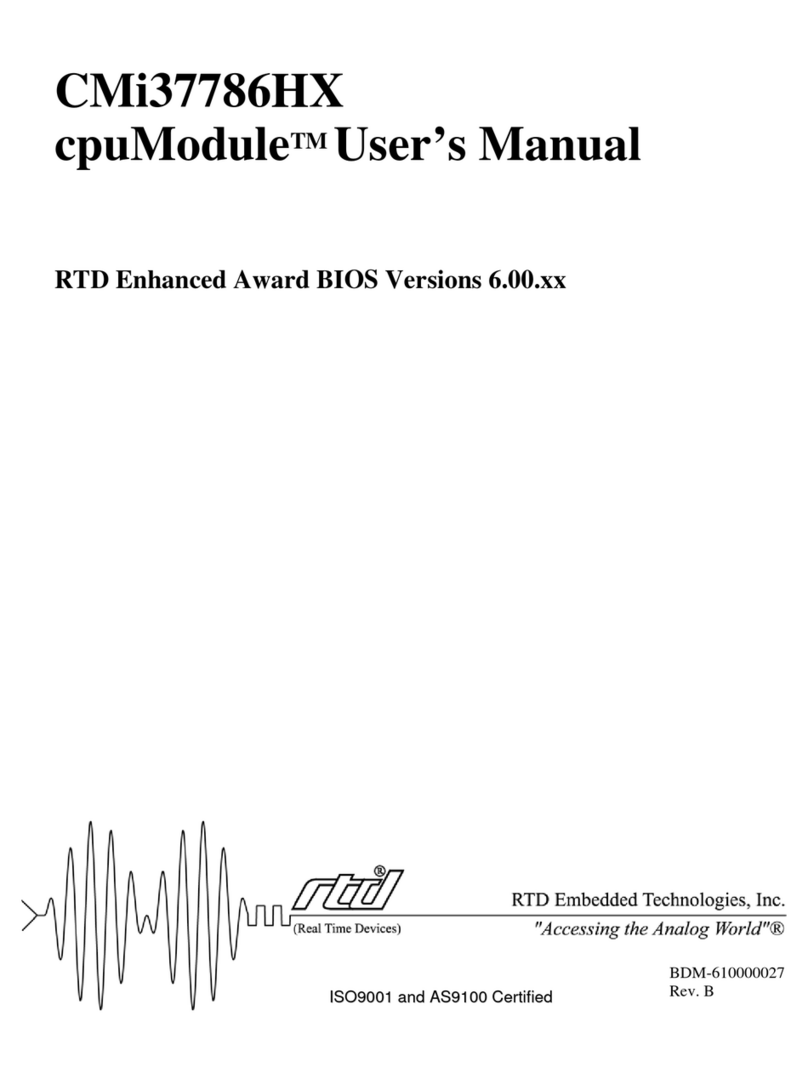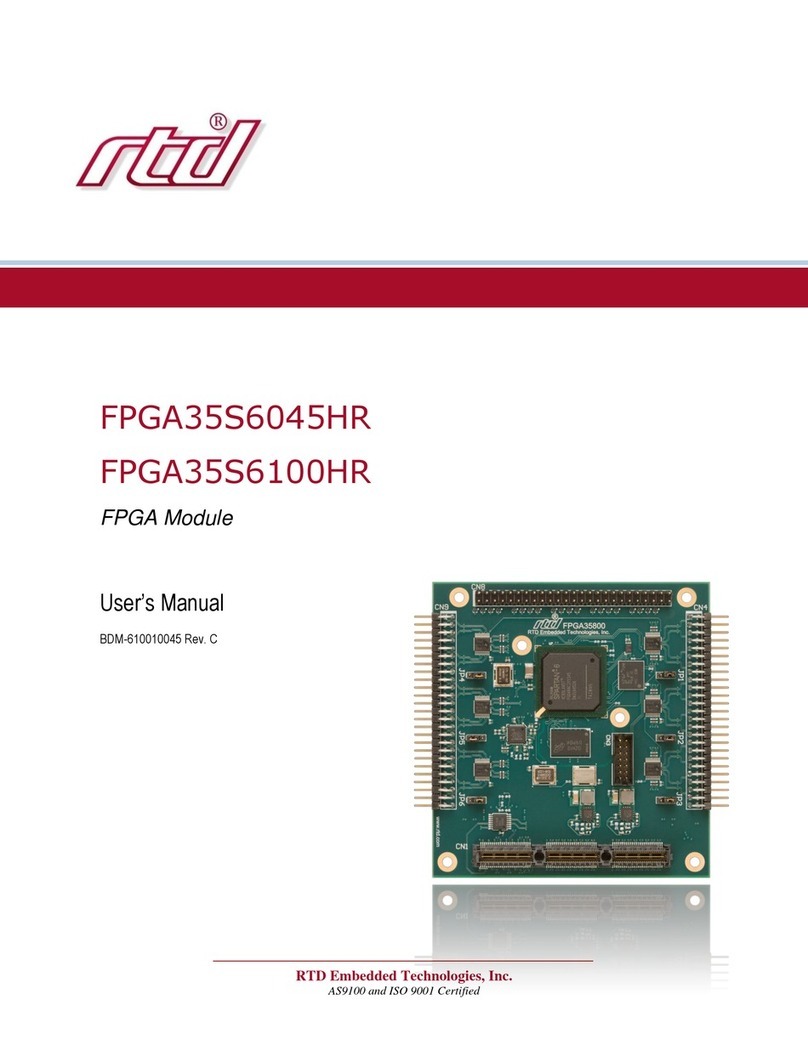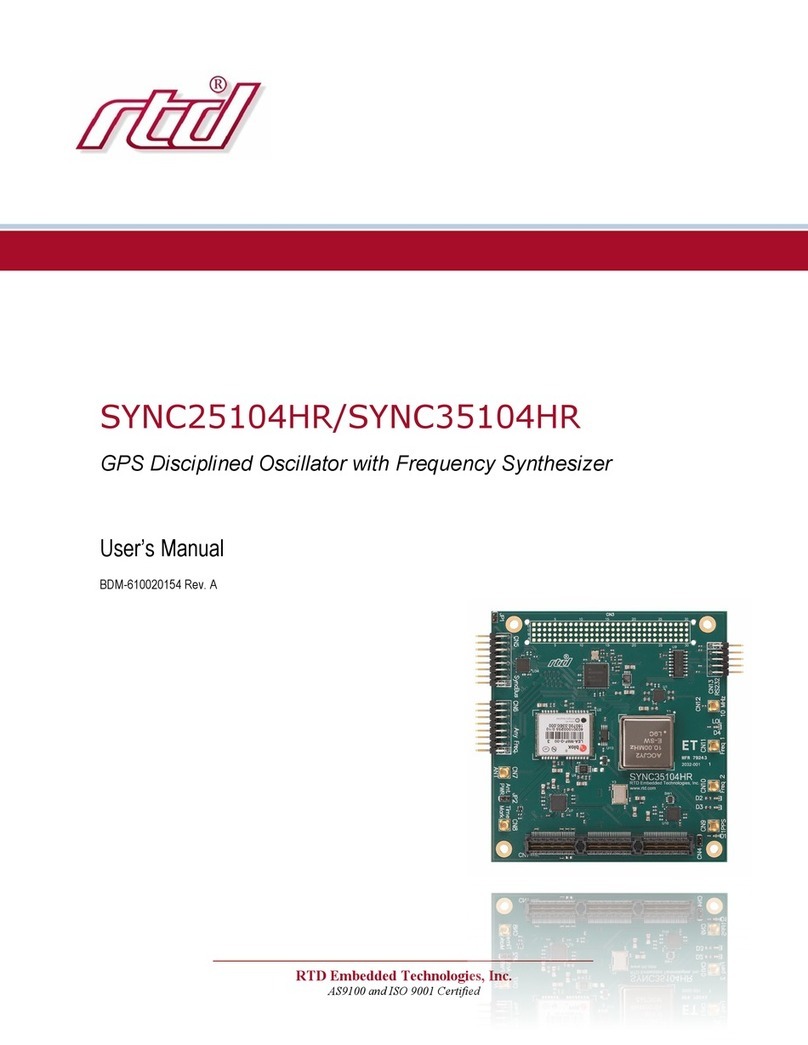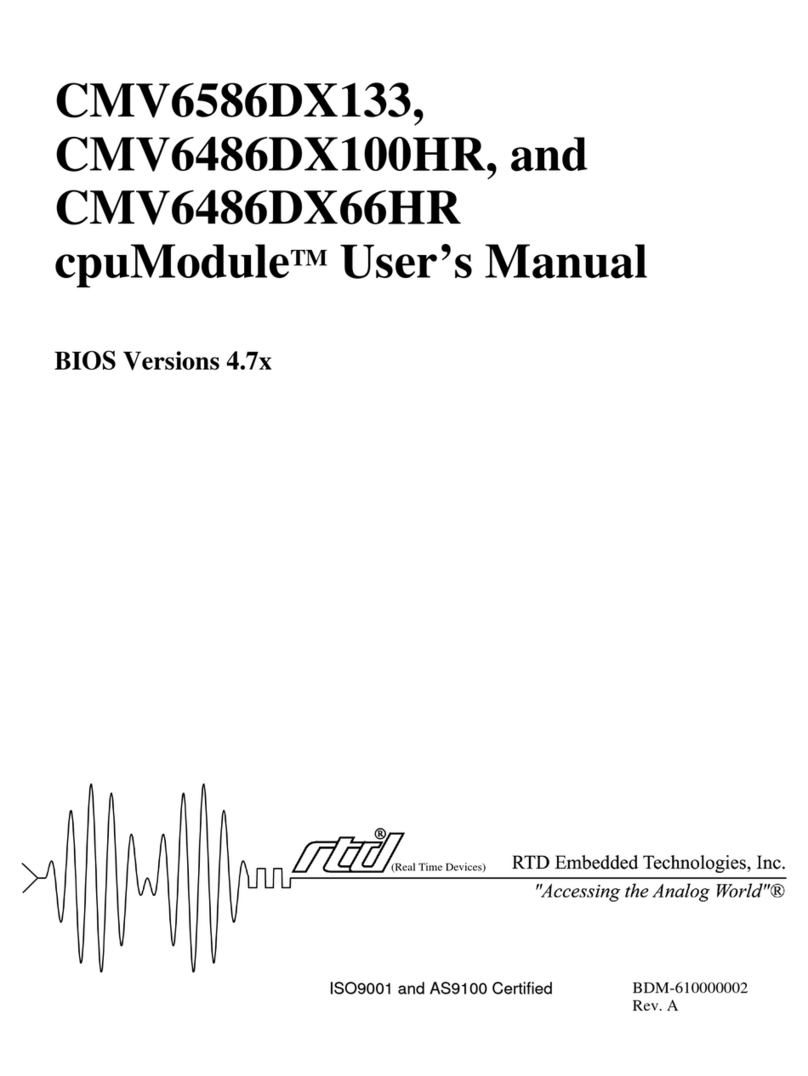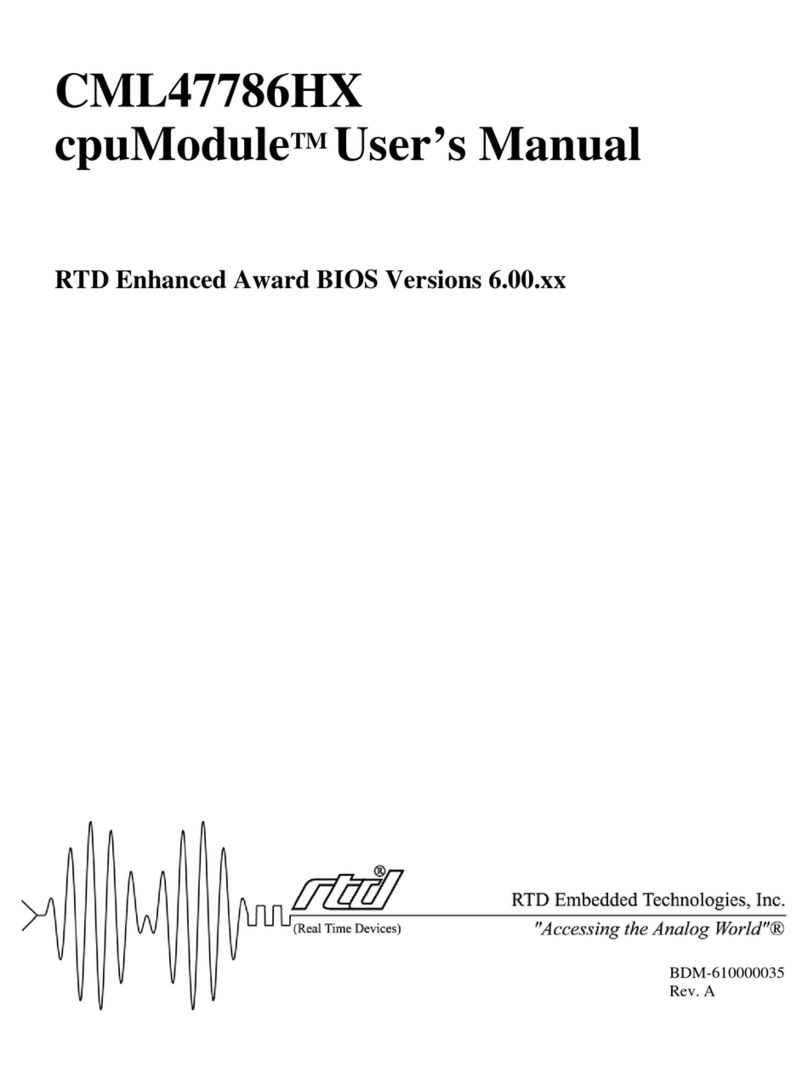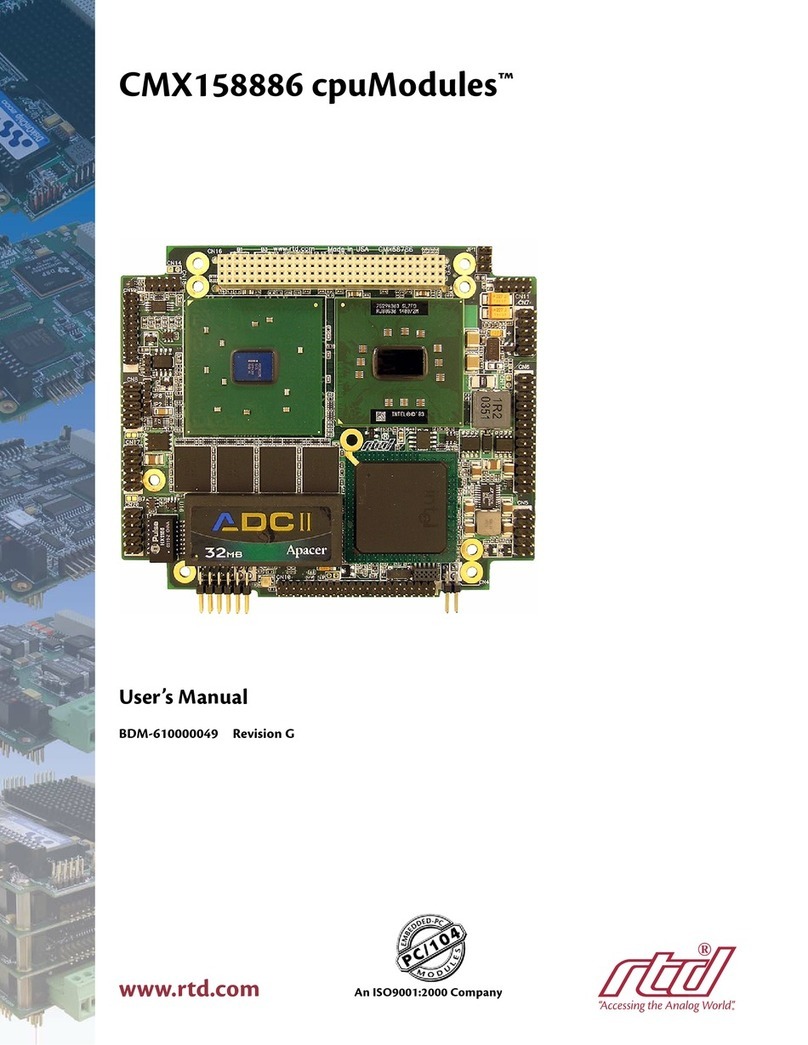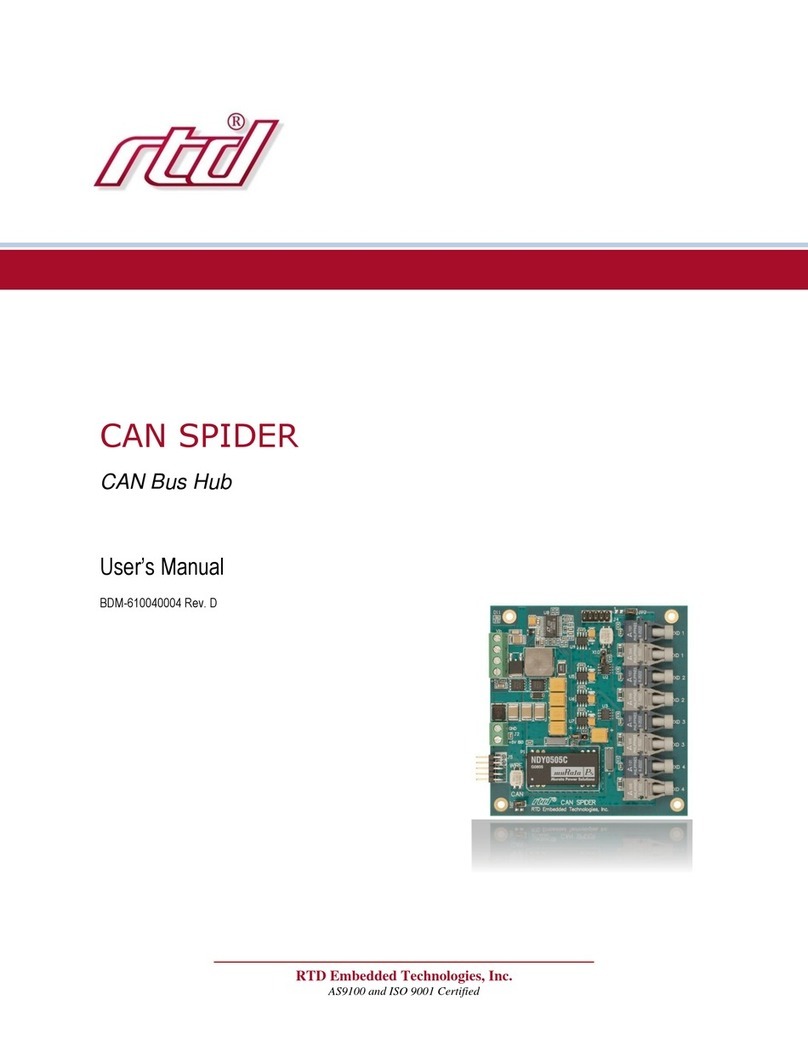
Table of Contents
i
INTRODUCTION .................................................................................................................................... i-1
Analog-to-Digital Conversion..............................................................................................................................i-3
8254 Timer/Counter ..............................................................................................................................................i-3
Digital I/O...............................................................................................................................................................i-3
What Comes With Your Module ..........................................................................................................................i-3
Module Accessories ..............................................................................................................................................i-4
Hardware Accessories.......................................................................................................................................i-4
Optional Configurations .......................................................................................................................................i-4
Using This Manual ................................................................................................................................................i-4
When You Need Help............................................................................................................................................i-4
CHAPTER 1 MODULE SETTINGS ............................................................................................... 1-1
Factory-Configured Switch and Jumper Settings ..............................................................................................1-3
JP1 8254 Timer/Counter Clock Sources (Factory Settings: CLK0-OSC, CLK1-OT0, CLK2-OT1) ....1-4
P5 Analog Input Voltage Range (Factory Setting: 10V) ........................................................................1-5
P6 Analog Input Voltage Polarity (Factory Setting: BIP (Bipolar)) ......................................................1-5
S1 Base Address (Factory Setting: 300 hex (768 decimal)) ....................................................................1-6
JS3, JS4, JS5 and JS6, Pull-up/Pull-down Resistors on Digital I/O Lines .......................................................1-7
Gx, Resistor Configurable Gain ..........................................................................................................................1-8
CHAPTER 2 MODULE INSTALLATION ..................................................................................... 2-1
Module Installation ..............................................................................................................................................2-3
External I/O Connections.....................................................................................................................................2-4
Connecting the Analog Inputs ........................................................................................................................2-4
Connecting the Timer/Counters and Digital I/O............................................................................................2-4
Running the 6210DIAG Diagnostics Program ...................................................................................................2-4
CHAPTER 3 HARDWARE DESCRIPTION .................................................................................. 3-1
A/D Conversion Circuitry ....................................................................................................................................3-3
Analog Inputs ...................................................................................................................................................3-3
A/D Converter ..................................................................................................................................................3-3
Timer/Counters .....................................................................................................................................................3-4
Digital I/O..............................................................................................................................................................3-4
Interrupts ...............................................................................................................................................................3-4
CHAPTER 4 MODULE OPERATION AND PROGRAMMING ................................................. 4-1
Defining the I/O Map ...........................................................................................................................................4-3
BA + 0: Read A/D Data / Start Convert (Read/Write 16-bit) .......................................................................4-3
BA + 1: Reserved ............................................................................................................................................4-3
BA + 2: Read Board ID LSB (Read Only 8-bit) ............................................................................................4-3
BA + 3: Read Board ID MSB (Read Only 8-bit) ...........................................................................................4-3
BA + 4: Channel Select (Read/Write 8-bit) ..................................................................................................4-3
BA + 5: IRQ Select (Read/Write 8-bit) ..........................................................................................................4-4
BA + 6: Read Status / Clear IRQ (Read/Write 8-bit) ....................................................................................4-4
BA + 7: Reserved ............................................................................................................................................4-6
BA + 8: 8254 Timer/Counter 0 (Read/Write 8-bit) ......................................................................................4-6
BA + 9: 8254 Timer/Counter 1 (Read/Write 8-bit) ......................................................................................4-6
